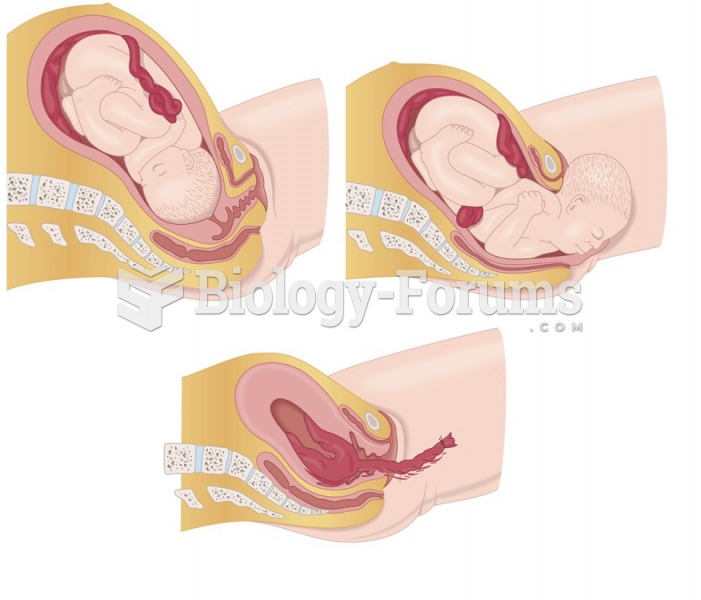|
|
|
Medication errors are three times higher among children and infants than with adults.
Approximately 25% of all reported medication errors result from some kind of name confusion.
If you use artificial sweeteners, such as cyclamates, your eyes may be more sensitive to light. Other factors that will make your eyes more sensitive to light include use of antibiotics, oral contraceptives, hypertension medications, diuretics, and antidiabetic medications.
More than 2,500 barbiturates have been synthesized. At the height of their popularity, about 50 were marketed for human use.
For high blood pressure (hypertension), a new class of drug, called a vasopeptidase blocker (inhibitor), has been developed. It decreases blood pressure by simultaneously dilating the peripheral arteries and increasing the body's loss of salt.
 The gaping hole in the destroyer USS Cole, in the port of Aden, Yemen, was the work of suicide bombe
The gaping hole in the destroyer USS Cole, in the port of Aden, Yemen, was the work of suicide bombe
 Which do you think is most at work in a debate contest, mastery- or performance-goal orientations or ...
Which do you think is most at work in a debate contest, mastery- or performance-goal orientations or ...
 (A) Dilation stage: uterine contractions cause dilation of the cervix; (B) expulsion stage: birth, ...
(A) Dilation stage: uterine contractions cause dilation of the cervix; (B) expulsion stage: birth, ...




